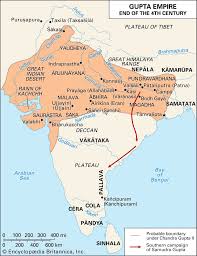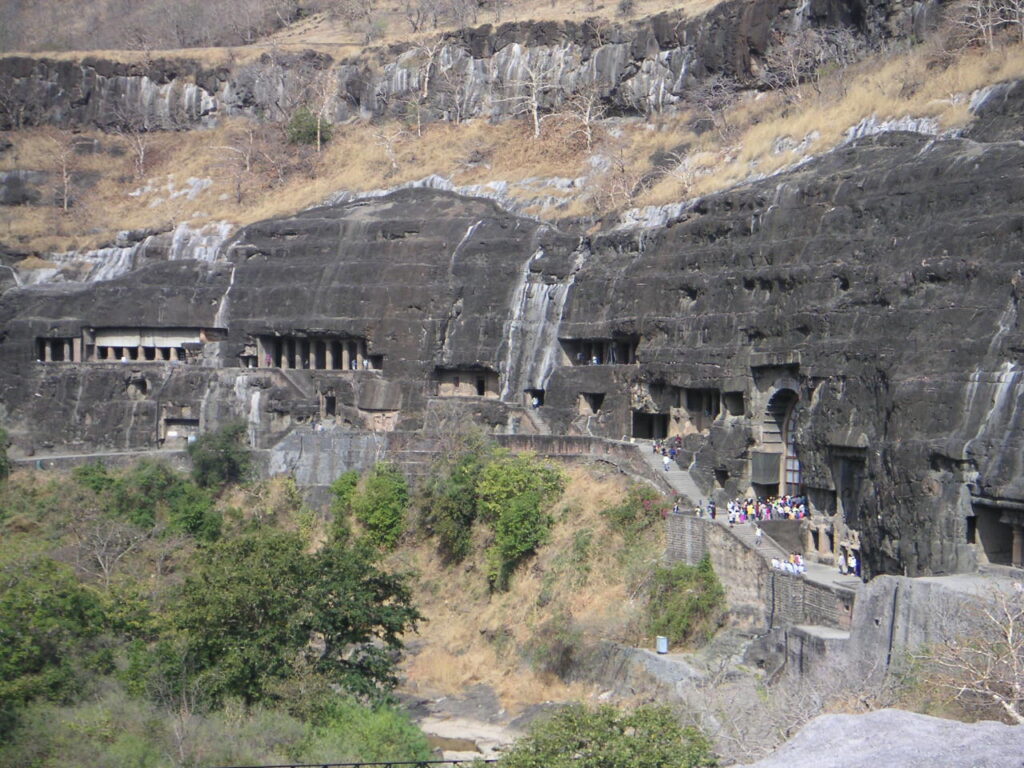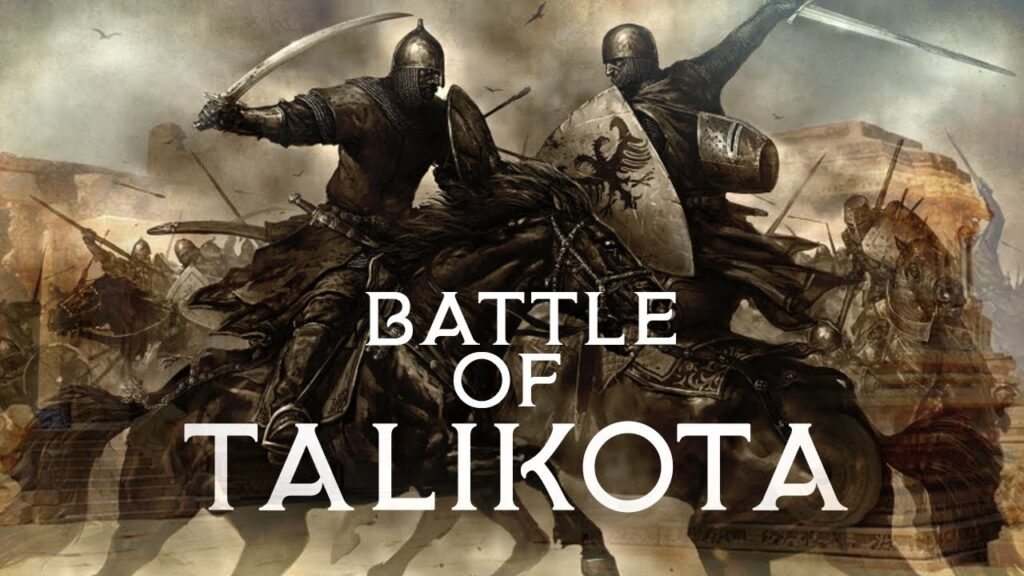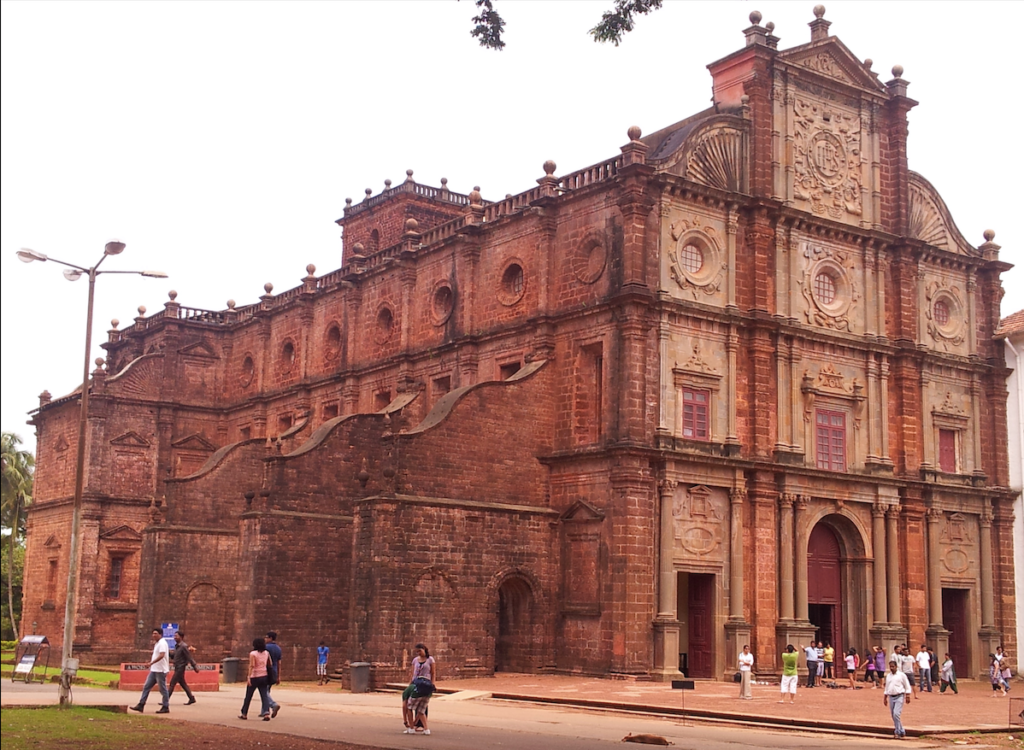In the tapestry of Indian history, few dynasties shine as brightly as the Gupta Empire. Emerging in the 4th century CE, the Gupta rulers presided over a golden age of prosperity, innovation, and cultural flourishing that left an indelible mark on the subcontinent. Join us as we embark on a journey through time to explore the lives, achievements, and enduring legacy of the illustrious Gupta emperors.
The Rise of the Gupta Dynasty:
The Gupta dynasty rose to prominence amidst the political fragmentation and upheaval that followed the collapse of the Mauryan Empire. Founded by Sri Gupta, the dynasty initially exerted control over a small kingdom in present-day Uttar Pradesh. However, it was Chandragupta I who laid the foundation for Gupta expansion and dominance.
Under Chandragupta I and his successors, notably Samudragupta and Chandragupta II, the Gupta Empire experienced a period of unprecedented territorial expansion and military conquests. Through strategic alliances, diplomatic maneuvers, and military campaigns, the Gupta emperors extended their sway over vast swathes of northern and central India, establishing a formidable empire that stretched from the Himalayas to the Deccan plateau.
The Golden Age of the Gupta Empire:
The Gupta Empire is widely regarded as India’s golden age, a period of unparalleled cultural, intellectual, and artistic achievement. At the heart of this flourishing was the patronage of the Gupta emperors, who generously supported scholars, artists, and artisans, fostering an environment conducive to creativity and innovation.
One of the most significant contributions of the Gupta Empire was in the realm of literature and scholarship. The reign of Chandragupta II, in particular, is often associated with a renaissance of Sanskrit literature, with luminaries such as Kalidasa, the preeminent playwright and poet, producing timeless works of poetry, drama, and literary criticism.
In addition to literature, the Gupta period witnessed remarkable advancements in mathematics, astronomy, and metallurgy. The mathematician Aryabhata made groundbreaking discoveries in algebra and trigonometry, laying the foundations for future mathematical inquiry. Meanwhile, astronomers like Varahamihira made pioneering observations of celestial phenomena, contributing to the development of astronomy in India.
Artistic Splendor and Architectural Marvels:
The Gupta period is renowned for its artistic splendor and architectural achievements, which reached unprecedented heights under the patronage of the Gupta emperors. The iconic temple complexes of Ajanta and Ellora, with their exquisite rock-cut sculptures and frescoes, stand as enduring testaments to the artistic genius of the Gupta era.
Perhaps the most iconic symbol of Gupta architecture is the temple of Vishnu at Deogiri, which showcases the distinctive Gupta style characterized by intricately carved stone reliefs depicting scenes from Hindu mythology. These architectural marvels not only served as centers of religious worship but also as expressions of Gupta power and prestige, reflecting the empire’s cultural sophistication and artistic grandeur.
Religious Pluralism and Cultural Syncretism:
Despite the Gupta Empire’s patronage of Hinduism, particularly the Vaishnavite and Shaivite traditions, the period was marked by a remarkable degree of religious pluralism and cultural syncretism. Buddhist and Jain communities continued to thrive under Gupta rule, with emperors such as Samudragupta and Chandragupta II displaying tolerance and respect for diverse religious beliefs.
The Gupta emperors also played a pivotal role in promoting cultural exchange and dialogue with neighboring regions. Diplomatic missions were dispatched to distant lands, facilitating the exchange of ideas, goods, and cultural practices along ancient trade routes such as the Silk Road.
The Legacy of the Gupta Emperors:
While the Gupta Empire eventually succumbed to internal strife and external pressures, its legacy endured long after its decline. The cultural, intellectual, and artistic achievements of the Gupta period continued to influence subsequent generations, shaping the trajectory of Indian civilization for centuries to come.
The Gupta era laid the groundwork for the emergence of medieval Indian kingdoms such as the Chalukyas, Pallavas, and Cholas, who drew inspiration from Gupta achievements in art, architecture, and governance. The enduring legacy of the Gupta emperors serves as a reminder of the transformative power of enlightened leadership, patronage of the arts, and commitment to intellectual inquiry.
In conclusion, the Gupta emperors stand as towering figures in the annals of Indian history, whose visionary leadership and patronage of culture and learning ushered in a golden age of unparalleled splendor and achievement. From the literary masterpieces of Kalidasa to the architectural marvels of Ajanta and Ellora, the Gupta legacy endures as a testament to the enduring spirit of human creativity, ingenuity, and aspiration.






